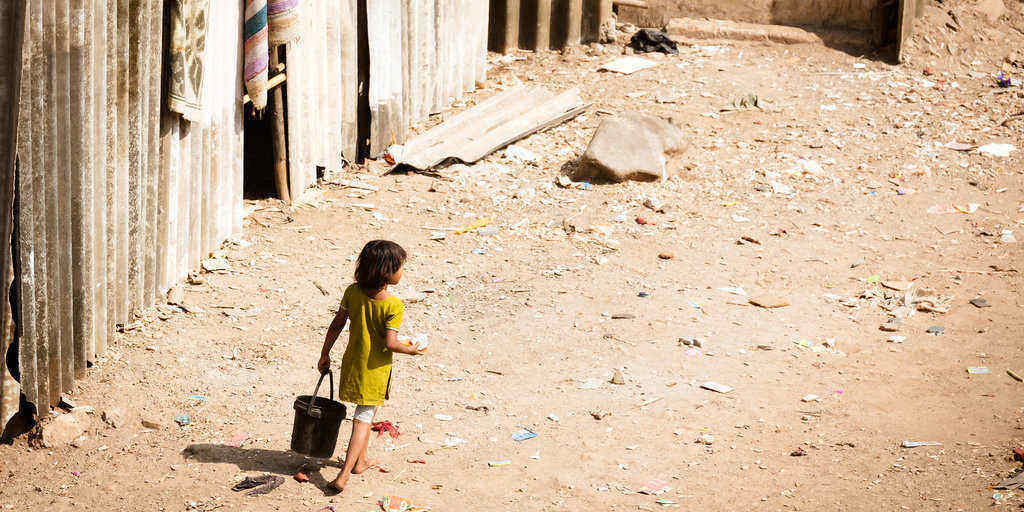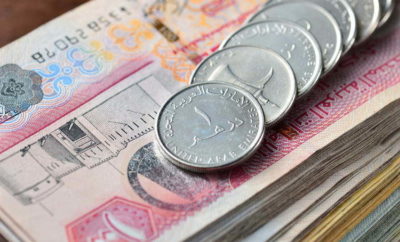Health
India Has a Serious Hunger Problem, Shows Global Hunger Index Report

Representational Image
Bigstock
India ranks 100th among 119 nations, with neighboring countries like Nepal, Bangladesh and Sri Lanka faring better.
India slipped three places from its 97th spot last year to land at the 100th rank this year among 119 countries listed in the 2017 Global Hunger Index (GHI). India shares the spot with Djibouti and Rwanda in the report released by the Washington-based International Food Policy Research Institute (IFPRI) on Oct. 12. With a score of 31.4 out of 100, India’s 2017 GHI falls in the “serious” category.
More than a fifth — about 21 per cent– of Indian children have low weight for their height and over a third are too short for their age, according to the report. This was noticed only in three other countries: Djibouti, Sri Lanka and South Sudan.
India’s poor performance affects the region, and the report states: “Given that three quarters of South Asia’s population reside in India, the situation in that country strongly influences South Asia’s regional score.”
India’s performance pushes South Asia in the category of the worst-performing region. Neighboring countries, such as Nepal (72) Myanmar (77), Bangladesh (88), Sri Lanka (84) and China (29), fared better. Only Pakistan and Afghanistan, which were placed at 106 and 107, respectively, did worse.
North Korea and Iraq also did better than India in hunger parameters and GHI rankings.
The GHI, which tracks hunger worldwide, ranks countries based on four indicators: proportion of undernourished in the population, prevalence of child mortality, child stunting, and child wasting. In 1992, India’s GHI score was 46.2. It improved to 31.4 in 2017. While child stunting rate has improved in the last 25 years, India’s wasting rate showed very little improvement in the same period.
The GHI score measures the severity of the issue, with a score of less than 10 meaning “low” prevalence of hunger while a score of more than 50 stands for an “extremely alarming” situation.
The report, published by the IFPRI in tandem with Concern Worldwide, an Irish aid agency, also acknowledge the two national programs that India runs to addresses nutrition — the Integrated Child Development Services and the National Health Mission — but points out that their reach isn’t enough. “Even with the massive scale up of national nutrition-focused programs in India, drought and structural deficiencies have left a large number of poor in India at risk of malnourishment in 2017,” PK Joshi, IFPRI’s South Asia director, was quoted as saying in The Mint.
Ironically, India is world’s second largest food producer. It houses the second largest population of the undernourished in the world.




You must be logged in to post a comment Login